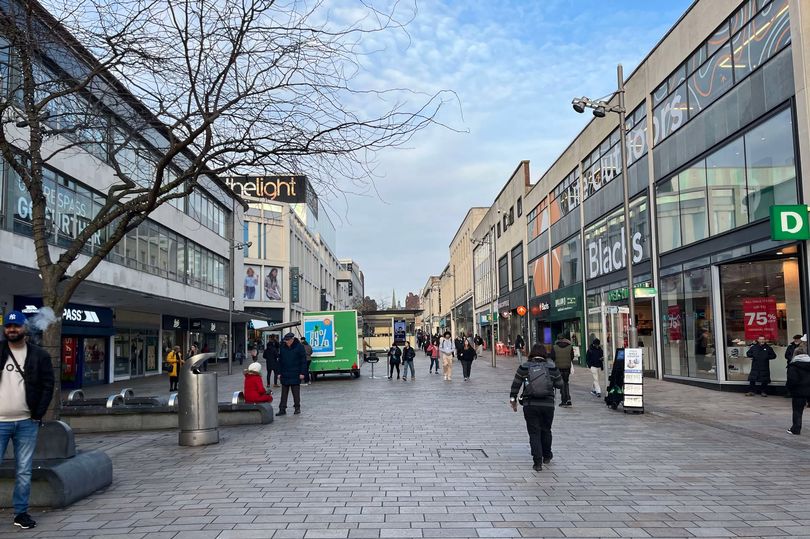Reuters Videos
Indian tribes visit UK museum to bring home ancestors’ remains
STORY: Representatives of tribes from the Indian state of Nagaland have been holding talks with a museum in the English city of Oxford… …hoping to secure the return of ancestral remains taken during the colonial era and put on display at the Pitt Rivers Museum for decades.The museum, which displays collections from Oxford University, holds the world’s largest Naga collection.That includes thousands of artifacts, including 41 human remains — primarily skulls — and 178 objects that contain or may contain human hair.Historians say some of the remains were taken by colonial officers from burial sites and battlefields in Nagaland, where for centuries headhunting was common practice.Others were looted in acts of violence.The Pitt Rivers Museum removed all remains from public display in 2020, including those belonging to anthropologist Professor Dolly Kikon’s ancestors.“This museum has the biggest collection of the Naga people in the world, more than 6,000 pieces or so. And for the first time, there is a Naga delegation, not as researchers, not as scholars to study, but to connect and to reclaim our history, our culture and our belongings. We do not look at these objects around as objects. They are our belongings and our heritage.”Vihuto Asumi, the President of the Tribal body Sumi Hoho, is part of the delegation. “We thought that our ancestors, who were taken away far from home, in a foreign land, we believe that their souls are restless. They have to find peace. They deserve a graceful and honorable homage back home, and so for that, we came to claim their remains.”The 23 Naga representatives, including elders of several tribes, repeated calls by British lawmakers and campaigners for the government to legislate to protect ancestral remains. But museum director Laura Van Broekhoven said the timing of the return of the remains was still uncertain due to the bureaucracy involved.The museum is also in talks with other groups to facilitate more items being returned.“It was also really clear that the people that we were working with, a lot of Indigenous people have been telling us, and us being Europe, I suppose, and all the museum world, already for over 100 years really, that they do not want to be put on display like this. They don’t want to be, sort of these… they don’t want their ancestors to be put on display. They want their ancestors to come home. And I think that’s why we also started the process where we are really trying to reach out to communities to say ‘these are the remains that we have in the museum’ and start a conversation around care.”There have been growing calls for such remains, as well as stolen art, to be returned to their communities as part of a centuries-old movement demanding reparations for colonialism and slavery. Skulls and other body parts were often brought from Asia, Africa and elsewhere to former colonial powers as trophies to be traded, displayed or studied.
